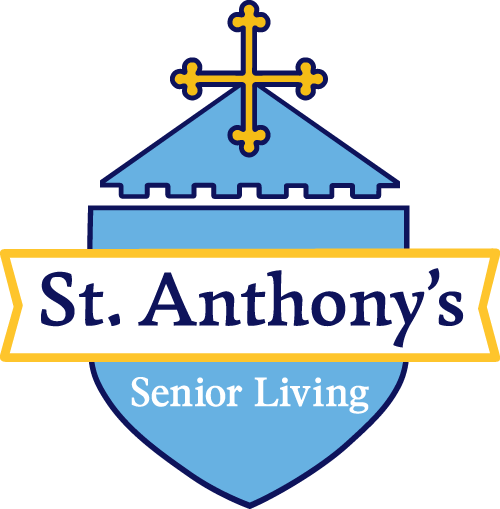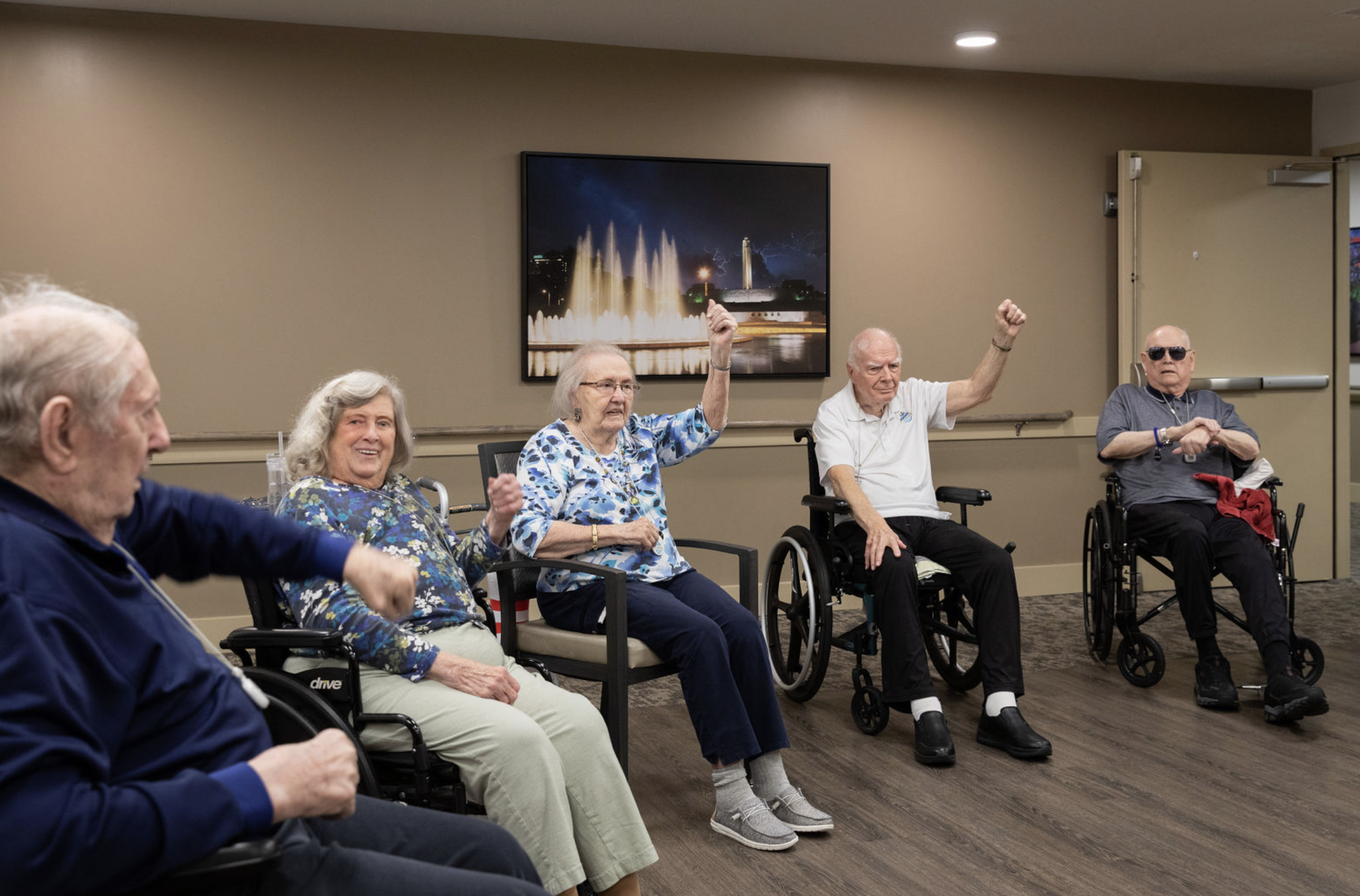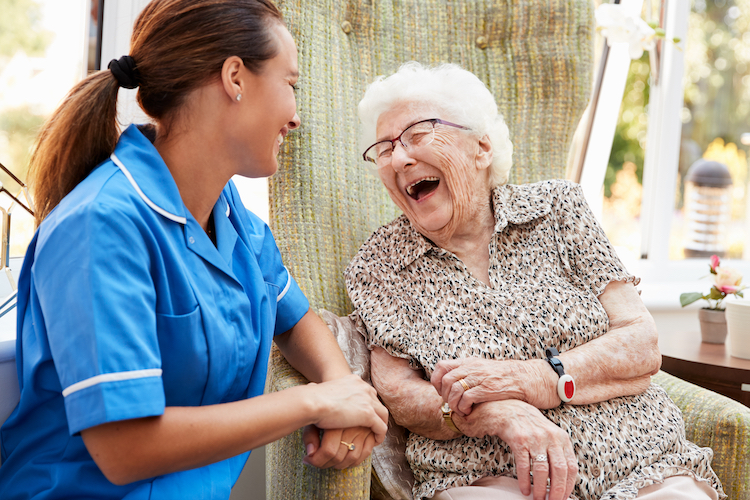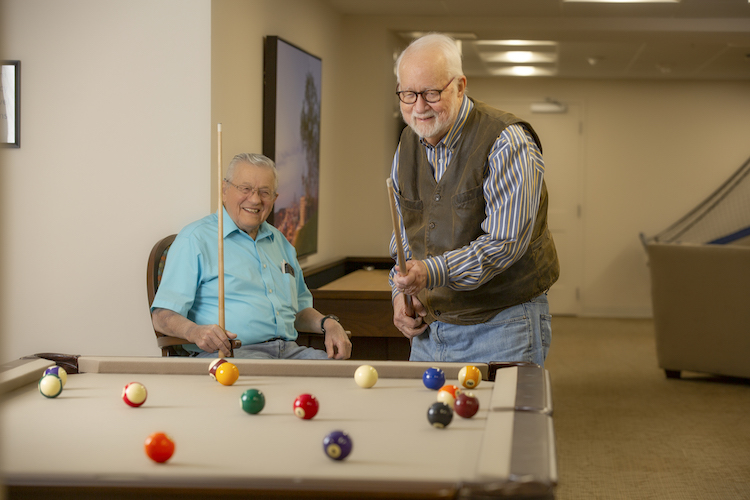While some adults can live independently well into their senior years, there comes a time for many when further support is needed. This need for additional care can occasionally be managed by outsourcing household chores and getting help from loved ones, but eventually, more full-time assistance may be required.
When activities of daily living (ADLs) become difficult to manage alone, it may be time to consider moving to an assisted living facility where these needs can be met in a loving, supportive community of care staff and fellow seniors.
What are ADLs?
Activities of daily living are the basic, essential tasks every person must complete each day. ADLs are physical in nature, though mental or cerebral difficulties may hinder them. There are five different categories of ADLs:
- Mobility: Ability to move, including walking, standing, sitting, lying down and getting up again, and climbing stairs.
- Dressing: Ability to get dressed, including management of zippers and buttons.
- Grooming: Ability to perform basic personal hygiene tasks such as bathing, brushing teeth, combing hair, and clipping nails.
- Continence: Ability to control bowel and bladder movements and perform toileting tasks.
- Eating: Ability to independently eat meals, including the handling of utensils.
Many ADLs are routine tasks we don’t even consider as we move through our day. Still, they can become increasingly difficult for older adults dealing with common physical and mental conditions related to aging, such as Parkinson’s disease or arthritis. When this is the case, seniors should consider moving to assisted living to get the help they need.
What is Assisted Living?
Assisted living is a type of senior living care that involves providing older adults with a means of living as independently as possible while receiving necessary care. In assisted living, older adults can enjoy several amenities such as accessible, spacious apartments, fitness classes for improving mobility, and chef-prepared meals.
Assisted living residents have access to a highly trained care team prepared to help them with activities requiring additional support while encouraging autonomy and independence where care is not needed. Assisted living facilities usually provide care for mobility, dressing, grooming, and eating, with an additional cost for incontinence care.
How Assisted Living Helps with ADLs
Support with ADLs in assisted living occurs both through direct care providers and the structure of the senior living facility itself. Here are a few ways assisted living makes it easier for older adults to manage ADLs:
Mobility in Assisted Living
Senior living facilities are built with accessibility in mind. They should have elevators and ramps for wheelchair and walker mobility, and if a resident requires assistance getting around, there are staff members ready to help.
Dressing in Assisted Living
Sometimes getting dressed can be difficult to manage, especially when it comes to buttoning and zipping. Care staff at assisted living facilities can help residents finish getting dressed each morning and they can also help residents dress down for bed at night.
Grooming in Assisted Living
Combing the hair, bathing, and other hygiene tasks require similar motor skills to dressing, so a resident who needs help getting dressed may also need help with these tasks. Care providers in assisted living will often come to a resident’s apartment at a set time each morning and evening to help with these ADLs.
Dining in Assisted Living
Support needs for dining will vary significantly from person to person. For some residents, having three meals a day prepared is enough help, as it saves them the trouble of grocery shopping and preparing food for themselves. All they have to do is head to the dining room for a five-star restaurant experience!
When a resident does have motor skill difficulties, they still can often eat relatively independently through the provision of finger foods or pre-cut foods that require little to no management of utensils. The goal is to provide residents with as much independence as possible, but our care staff is more than happy to assist with feeding if needed.
Continence Care in Assisted Living
When a resident is struggling with toileting on their own or is fully incontinent, assisted living communities usually offer continence care for an additional fee. This care will include changing incontinence briefs regularly and keeping the resident clean and comfortable, maintaining the dignity they deserve.
Looking Beyond ADLs at St. Anthony’s
Assisted living is about so much more than providing support with ADLs. When it comes to assisted living at St. Anthony’s, our compassionate care team works closely with each resident and their family to create a fully customized care plan.
Our staff is not just there to perform a job — they care for your loved one with respect, love, and kindness. We see each resident joining the St. Anthony’s community as a family: worthy and deserving of compassion, dignity, and holistic care that considers their preferences, wants and needs with every decision made. And if the time comes when a resident requires further support by moving to memory care, our staff will already have deep bonds formed with them and be ready to advocate for their desires when they aren’t able to themselves.
From our beautiful campus to our top-tier amenities and fun-filled calendar to the wonderful residents and staff who turn our senior living facility into a close-knit community, we believe St. Anthony’s is the happiest place in Kansas City for seniors of all ability levels. Come visit us and take a tour to see if St. Anthony’s is right for you or your loved one!




